YAKUSHI-SAN
Small pyramidal peak in the northern Yamagata town of Kaneyama
Shibuya’s scramble crossing, Tokyo Sky Tree, and the neon lights of Harajuku. Kinkakuji, Kiyomizudera and Fushimi Inari Taisha of Kyoto. The floating torii of Itsukushima Jinja on Miyajima, Hiroshima. The heights of Fuji-san, the snowy wonderland of Niseko, Hokkaido, and how could I forget, the pyramids of Kaneyama?
Japan is one of the best places in the world to travel. Not only is the country simply covered in famous spots, including, as we are often reminded, an astounding 25 world heritage sites, the country boasts some of the most interesting culture, history, food and people – not to mention one of the world’s best transportation systems to see it all.
The OG Japan Travel Content Creator

Yet way before any of us had the chance to don a kimono, put on some geta, and stroll the narrow streets of Kyoto in search of a Geisha drinking a Matcha Tea Latte, the OG Japan content creator, Isabella Bird, was out plotting her next selfie at the gates of Sensoji.
The year was 1878. The last samurai had only recently died, and Japan was in the midst of the Meiji Restoration; an illustrious time that saw the country morph from a feudal society to an industrial powerhouse in a mere manner of decades.
And would you believe it, our girl Isabella was right there to witness it all. Bird was off doing off the beaten path travel when off the beaten path travel was all that existed. And when she did, not only did she get to interact with the locals in a way many tourists could only dream of, she also happened to stumble across one of the seven wonders of the world…
Or at least Japan’s version of it.
The ‘Pyramids’ of Japan
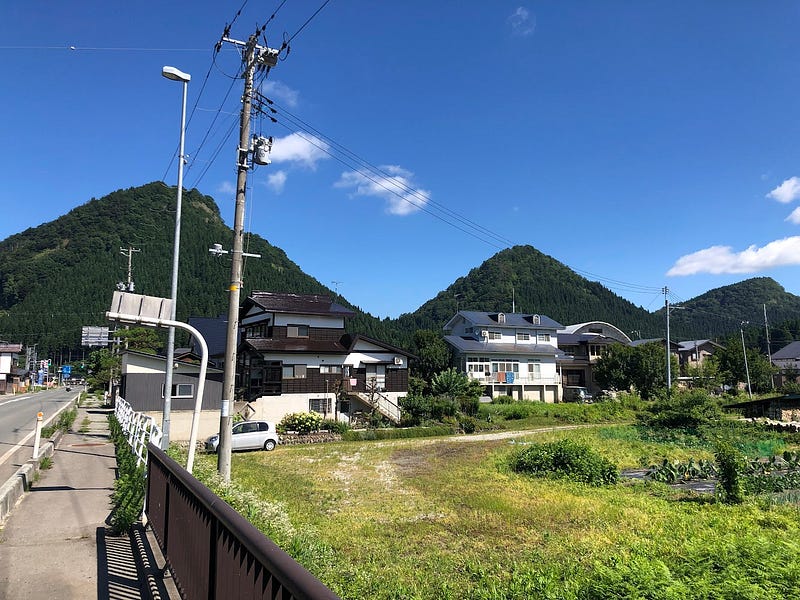
Recently while looking for the next mountain on my 100 Famous Mountains of Yamagata list I was taken aback to read, ‘in 1878, English traveller Isabella Bird came across ‘the pyramids of Japan’ in Kaneyama, Yamagata Prefecture’.
Japan has pyramids?
In that case, could it be that Japan has its own Tutankhamun? Could it be that Japan could even have, kami forbid, its own Brendan Fraser franchise?
The plot thickens
I was shocked! Not only was I 150 years too late to discover the pyramids of Japan, but they were also located here in Yamagata Prefecture! Naturally, I had to check out these outrageous allegations for myself.
So, I decided to do a bit of Yamabushi-style investigative journalism. I pulled out my conch and sent a few sound bites into the surrounding mountains for some advice.
Crickets.
Turns out I should have just checked the Kindle store.
Unbeaten Tracks in Japan
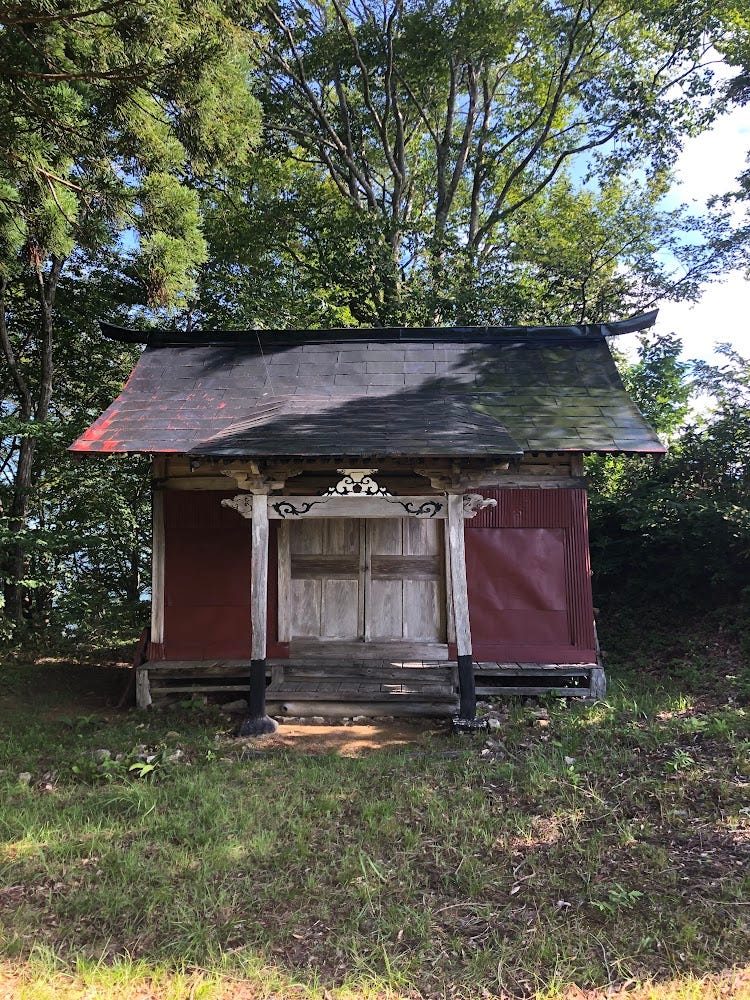
As luck would have it, Isabella Bird documented her travel through a series of letters sent to her sister; letters later compiled into a book titled Unbeaten Tracks in Japan. Plus, since Unbeaten Tracks in Japan is over 100 years old, it was in the public domain and is available for free. One short click later and I found myself in possession of an eclectic collection of travel journals by an Englishwoman in a Japan at the dawn of the Meiji Restoration.
And man did I get what I paid for!
LETTER XIX
Prosperity — Convict Labour — A New Bridge — Yamagata — Intoxicating Forgeries — The Government Buildings — Bad Manners — Snow Mountains — A Wretched Town.
Isabella Bird
Bird’s arrival in Yamagata was far from uneventful, riding a cow of all creatures. Plus, Bird managed to thoroughly disgust locals at the very suggestion of milking the cow and adding the bovine delicacy to her tea. You see, for the locals putting anything, “with such a strong smell and taste” in their tea was “most disgusting”. Try telling that to the Matcha Tea Latte-devouring Geisha in Kyoto!
Kanayama (sic.) in a Romantic Situation
So, what about Bird’s discovery of the pyramids of Japan? About a month and a half into her 4-month journey from Tokyo to Hokkaido, Bird came across the sleepy town of Kaneyama in the north of Yamagata Prefecture, the supposed location of Japan’s pyramids.
That was when she saw them, and, according to the source, described them as such:
‘a semicircle of pyramidal hills, rendered more striking by being covered to their summits with pyramidal cryptomeria. At their feet lies Kanayama (sic.) in a romantic situation…’
Discovering The ‘Pyramids’ of Japan for Myself
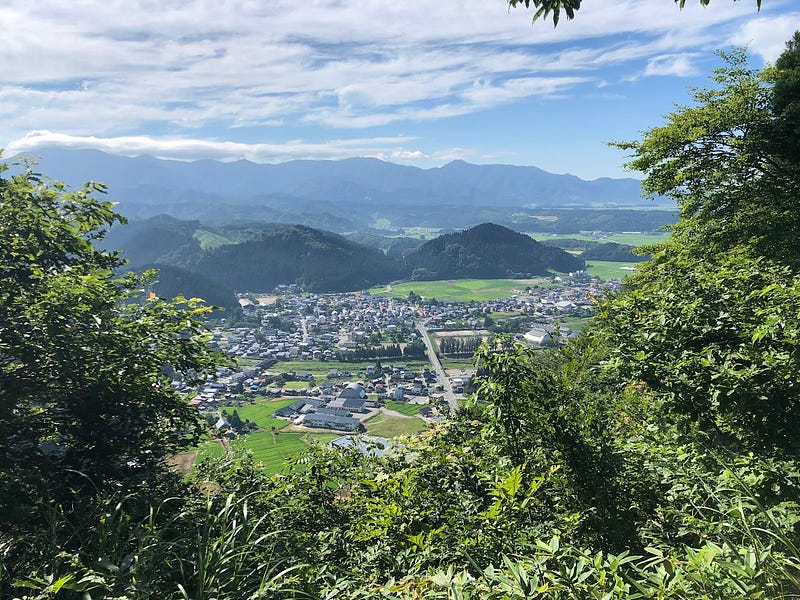
Wait, what?!
No mention of actual pyramids? Or..
No massive expedition? Or..
No ancient tombs, no mummies, and no Brendon Fraser sequel featuring The Rock?
It seems so. Yakushi-san, Nakano-mori, and Kumataka-mori, are known as the three peaks of Kaneyama. When viewed from the right angle they also happen to look like pyramids.
That’s it.
Needless to say, I felt ripped off.
It turns out, like Jesus’ tomb in Aomori, Bird’s description of the place may have been slightly lost in translation.
Jesus’ Tomb in Aomori and the Pyramids of Japan
Or, it may all just be a sneaky ploy to get people to come and visit the tiny town of Kaneyama, and its pyramidal-shaped Yakushi-san.
Looks like it worked.
And I’m glad it did!
As far as I’m aware the mummies of Japan all congregated on nearby Yudono-san (true story). I’m not entirely sure if there was any buried treasure or mummies on Yakushi-san, but much like the pyramids of Giza, Yakushi-san has indeed played a very important role in the history of Japan, and has some interesting folklore to boot.
The ‘Pyramids’ of Kaneyama
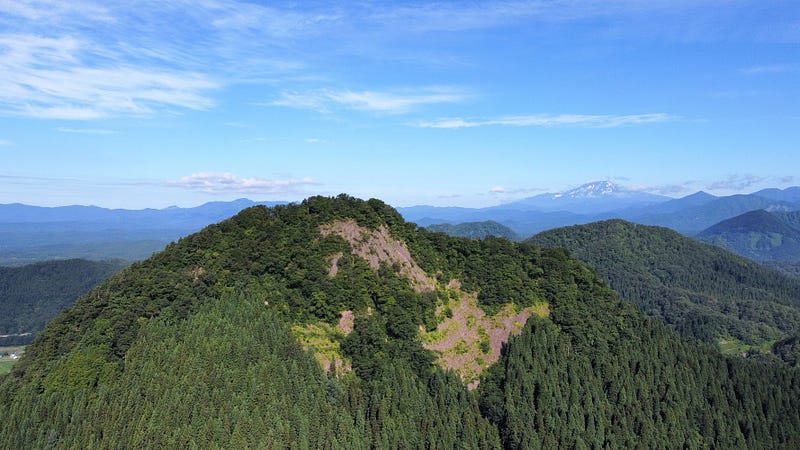
If you look directly down from the summit of Yakushi-san, the eastern face has been hollowed out; a distinctive shape that has since become a symbol of Kaneyama Town.
Legend has it that the two sides of Yakushi-san faced off against each other to become the taller. However, the fight became so intense that it incurred the wrath of the kami; a whole chunk of the mountain was gouged from one side, giving it a slightly lopsided appearance.
The Tengu of Yakushi-san

In addition, Yakushi-san is supposedly home to a hidden cave said to be the former abode of a Tengu, a Yokai or supernatural being, much like on the nearby Kamuro Renpo (mountain range). Perhaps it was this Tengu that had the honours of taking a bite out of the mountain. Either that or it was too was gouged!
Tengu are said to be know-it-alls who cannot help but try to teach humans things. Interestingly, often depicted with red faces and long noses, Tengu are also often seen wearing Shiroshozoku, the robes of yamabushi (mountain ascetics). This is because Tengu were yamabushi or monks in the past. Although they originally followed the way of Buddhism, Tengu became so self-conceited they fell out of the Buddha realm and straight into the magical realm.
Plagues of Locusts
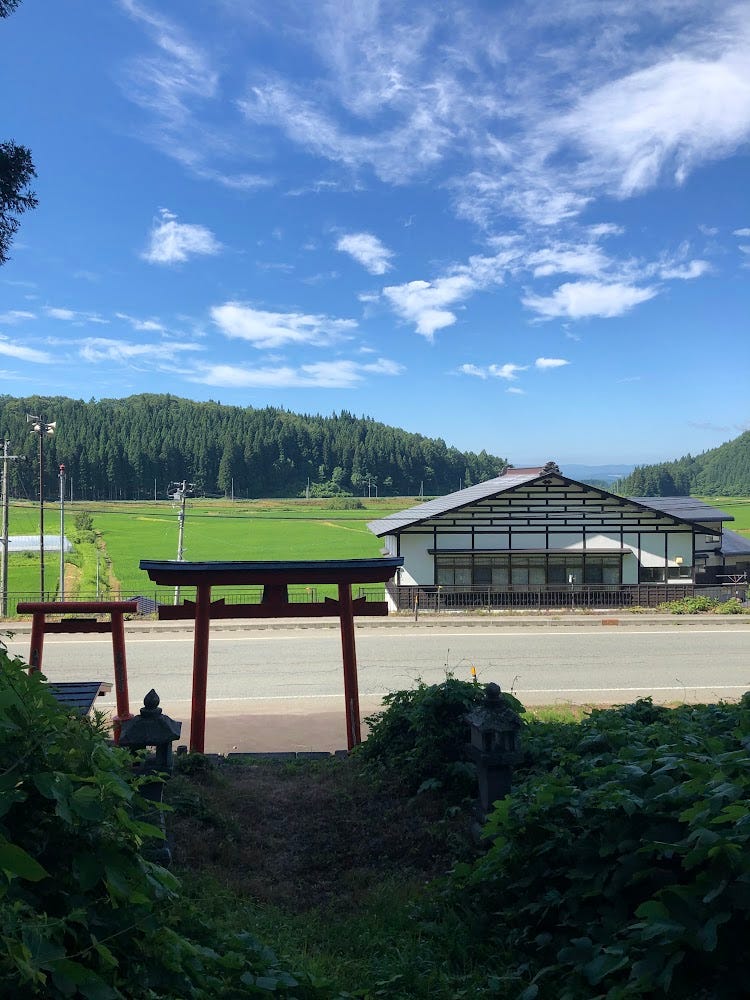
Although not in Egypt, the pyramid of Yakushi-san did at least play some role in holding off plagues of locusts. For centuries, the surrounding Tobinomori region prayed to Yakushisan as the kami of agriculture and as a protector kami against bugs.
Locals believed that by praying at Yakushi Jinja at the summit, or perhaps the small cave on the mountain, problems such as running out of water for agriculture or plagues of bugs can be mitigated or avoided completely. Judging by the sheer amount of greenery nearby, all that praying seems to have worked somewhat well.
The Battle of Kaneyama
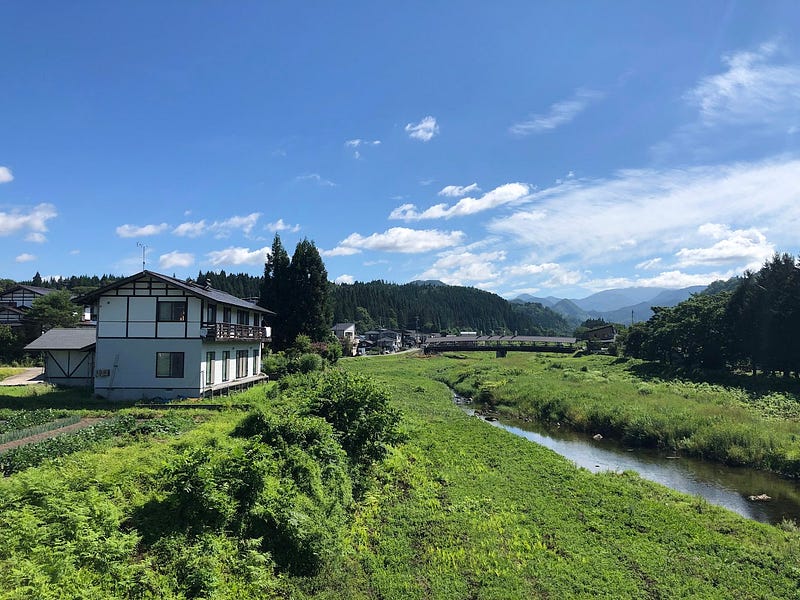
Yakushi-san was also a very important location during the Boshin War, the war 10 years prior to Bird’s arrival that lead Japan on its path to the Meiji Restoration.
To the west of Yakushi-san lies a national highway, to the east, Moriai Toge, formally part of the Ushu Kaido, an ancient path feudal warlords used for the Sankin-Kotai system. Not only was Moriai Toge an integral part of a system designed to ‘strengthen central control over the daimyōs (major feudal lords)’, it was also the location of The Battle of Kaneyama that took place during the Akita Theatre of the Boshin war of 1868.
During the Boshin war, The Sendai Domain of the Tokugawa Shogunate were chasing the Kubota Domain through the Moriai Toge. On the other side of the mountain pass they were strategically trapped by the Shinjo Domain in a move that lead to the deaths of 33 Sendai Domain soldiers.
The former Ushu Kaido road is still there although it has since been paved over, and all that remains is a memorial established in memory of the soldiers in 1892.
Yakushi-san
So, although Yakushi-san may not have been as important as the real pyramids in Egypt, it is still a historically important location for Japan, especially the people of Kaneyama. It’s just, their methods of letting you know that might be a bit deceptive, if anything.
Getting to Yakushi-san
Yakushi-san is located in Kaneyama Town in the north of Yamagata Prefecture. You’re most likely going to need a car to get there, just keep following Route 13 north and you’ll see the mountain, as well as the community centre nearby.
Yakushi-san Trail

There is only one trail up Yakushi-san. In the Tobinomori hamlet along Route 13, there are two red torii gates, one large, one small, that mark the trailhead. However, there aren’t any car parks in the vicinity, so you will need to use the free car park at the Kaneyama Town Chuo Kominkan 1.3km away. From there it is a ten minute walk to the trailhead.
Although Yakushi-san is at quite a low elevation, there are some very steep parts that require rope, as well as loose rocks that are easy slip on. Part-way up the trail opens up to views over the surrounding rice fields and mountains in the distance, such as Gassan and Murayama Hayama. If you’re lucky, you may also be able to catch a glimpse of Chokai-zan.
Once you pay your respects at Yakushi Jinja at the summit, there is a lookout from where you get great views of Kaneyama and the Kamuro Alps in the background.
Places near Yakushi-san worth checking out
The Kamuro Renpo (Kamuro Alps)
Also known as the ‘Michinoku Alps’ (Michinoku is the former collective name of the provinces of Dewa and Mutsu), or the ‘Tohoku Mini Alps’, the Kamuro Renpo (Mountain Range) isn’t especially tall compared to other mountain ranges, but the sheer amount of snow means there is a large number of alpine vegetation that is rare for such low elevation. There are also some very precious birds of prey that live in the area such as the Golden Eagle (inuwashi) and mountain hawk eagle or Hodgson’s hawk-eagle (kumataka).
The well-maintained paths also make it a popular destination for mountain climbers, and the stretch south from the summit of Kamuro-san to Mokuzo-yama is more than 25km. After Kamuro-san, the mountains heading south in the Kamuro Mountain Range (on the 100 Famous Mountains of Yamagata List) are Komata-yama (1,366), Hiuchi-dake (1,237), Hachimori-yama (1,098m), and Mokuzo-yama (1,026m). Kamewari-yama (594m) is also nearby. All of these mountains (except Kamewari-yama) are part of the Kurikoma Quasi-National Park.
The Totoro Trees (Kosugi-no-Osugi)
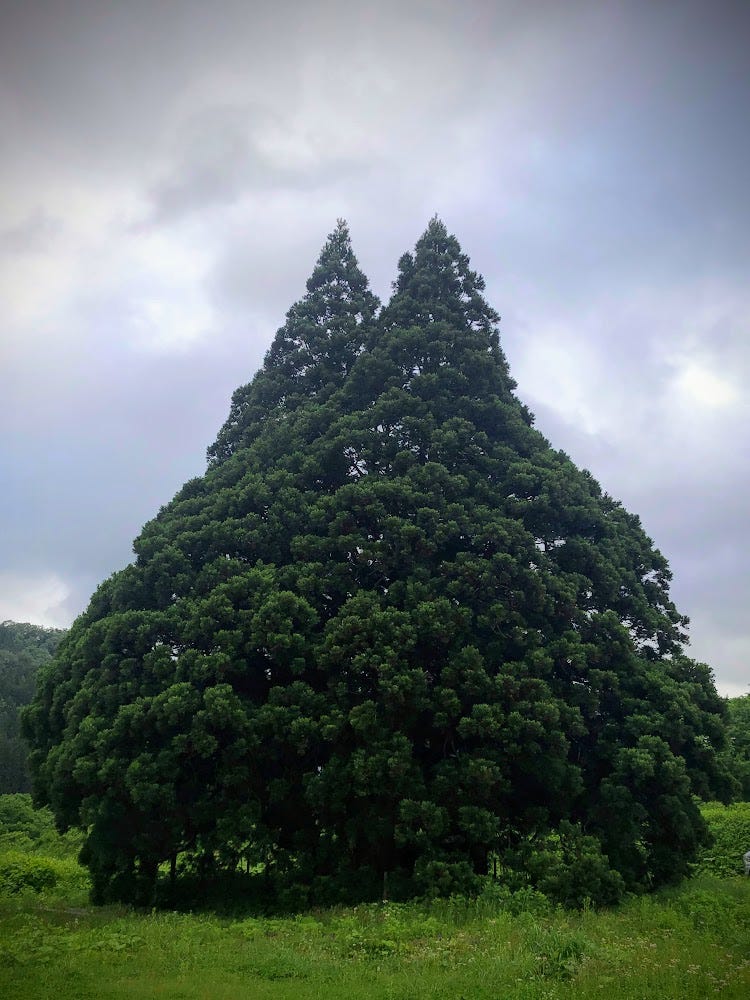
With places like Ginzan Onsen and Genso-no-Mori, the forest of illusions, Yamagata Prefecture is full of places similar to those depicted in Ghibli films, or in this case, two trees that resemble the famous character Totoro.
Geta Pan in Shinjo City

Kaneyama is located adjacent to Shinjo City. Shinjo City is famous for its three-day festival in August, featuring huge floats and large dances that are free to watch. It is also home to one of my absolute favourite bakeries, Geta Pan (Facebook), that I intentionally go to sometimes even though it is an hour drive away.
River Cruise on the Mogami
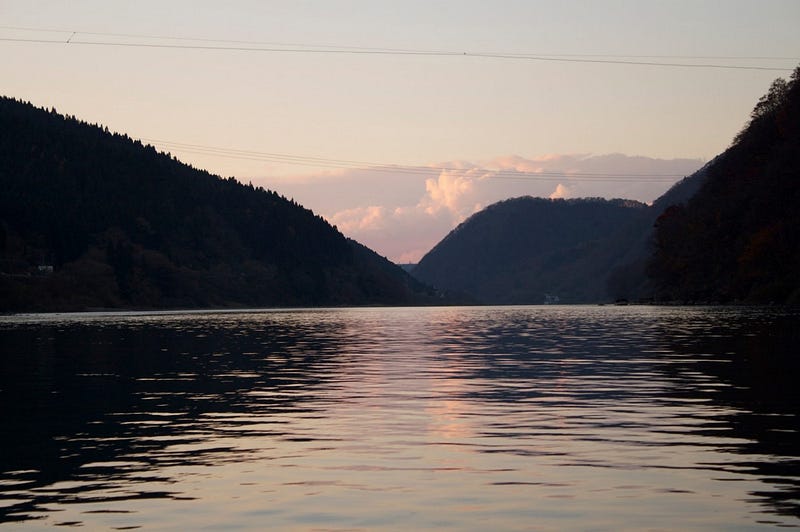
The nearby Mogami River that runs the length of Yamagata is the longest contiguous river in one prefecture and featured prominently in Matsuo Basho’s The Narrow Road to the Deep North. Matsuo Basho and his trusty partner Kawai Sore stayed three days in Oishida, and once they had good weather, they travelled to the Dewa Sanzan. This river voyage inspired the following haiku:
Gathering the rains
Of summer, how swift she flows
Mogami River
Matsuo Basho
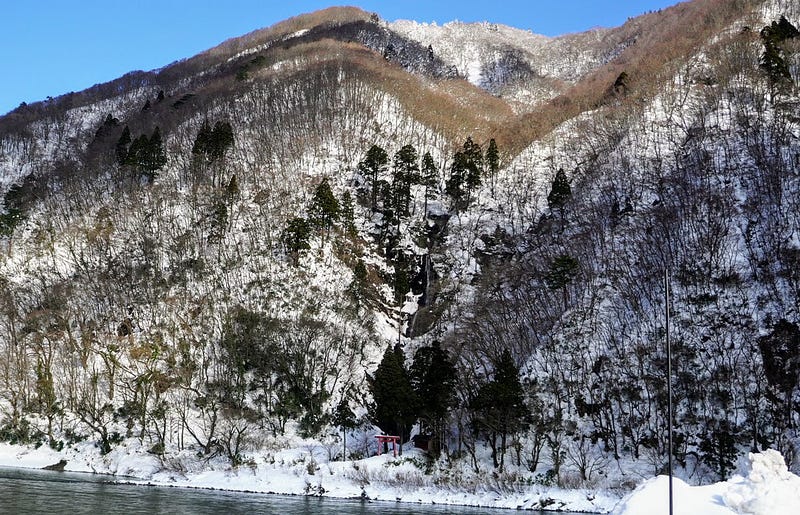
Many companies offer cruises along the Mogami River, including during the cold winter months when you can sit under a heated Kotatsu and sip Amazake, a sweetened sake lees drink (the extract from making sake that is non-alcoholic).
Genso no Mori: The Forest of Illusions near Tsuchiyu-yama in Tozawa Village
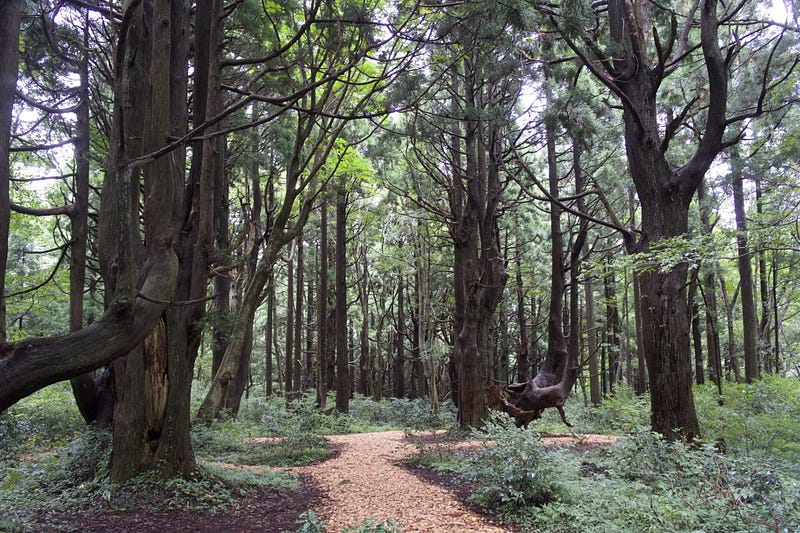
Genso no Mori, the phantom forest or forest of illusions near Tsuchiyu-yama, is a naturally occurring cedar forest covered in cedars that have morphed due to the snowfall in the region. Be warned the forest is a bit tough to get to. You have to take a sharp turn into the mountains from Route 47 along the Mogami River, and then drive up a gravel road for a while, but once you’re there it really is like being in another world.
Taizo-san: The Epitome of Autumn Leaves in north Japan
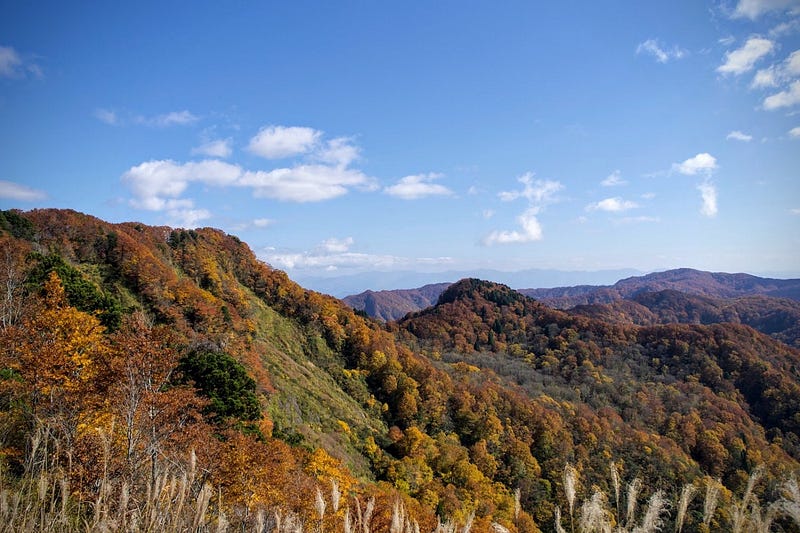
Taizo-san is one of the historic routes linking The Shonai and Mogami Regions of Yamagata Prefecture, and is by far one of the best spots in Tohoku, North Japan, to take in the autumn leaves.
Yonetaihei-zan

Located just to the east of Yozo-san, Yonetaihei-zan is known for its marsh, the Yone Marsh. I visited Yonetaihei-zan in winter so didn’t get to explore the marsh, but it wouldn’t be too far of a detour at all. Yonetaihei-zan is a 30min climb to the summit too, so it would be easy to do both of these mountains in the same day (weather and season permitting).
Yamuki-yama

Yamuki-yama is a low lying peak on the banks with a huge history as a strategic location for the medieval Yamuki castle for The Mogami Clan, and for the burgeoning trade along the Mogami River that helped lead Edo, modern-day Tokyo, to its status as a global city.
Yozo-san

Yozo-san is an epic hike along an ancient mountain pass of primeval beech forests, unstoppable views, mysterious swamps, massive gorges complete with breathtaking waterfalls and snow bridges, all with a legendary history.
Yakushi-san is known for:
- One of the three ‘pyramids’ of Japan alongside Nakano-mori, and Kumataka-mori
- Its mention in Unbeaten Tracks in Japan by Isabella Bird in 1878
- The chunk taken out of it rumoured to be due to the wrath of the Kami
- Home to a cave with a Tengu (a Yokai or supernatural being)
- An object of worship and agriculture kami
References
Yamagatayama.com (Japanese)
The Battle of Kaneyama (Japanese)
Yakushi-san (Wikipedia Japanese)
YAKUSHI-SAN
薬師山 | やくしさん
Mt. Yakushi, Yakushisan
Yakushi-san (Mt. Yakushi, 薬師山 やくしさん) is a 437m (1433 ft.) peak in the Mogami region of Yamagata prefecture best climbed from July to October. Yakushi-san is a level 1 in terms of physical demand, which means it is easy to hike, has a A technical grade, which means it requires little expertise, and you want to allow at least 1 hour 20 for a hike.
Mountain Range
Yakushi-san
Region
Mogami
Elevation
437m (1433 ft.)
Technical Demand
A (requires little expertise)
Physical Demand
1 (easy to hike)
Trails
1) Yakushi-san trail
Best time to climb
July to October
Day trip possible?
Yes
Minimum Time Required
1 hour 20 return
PDF Maps by TheHokkaidoCartographer and JapanWilds.org. See all here.
YAMABUSHI NEWSLETTER







